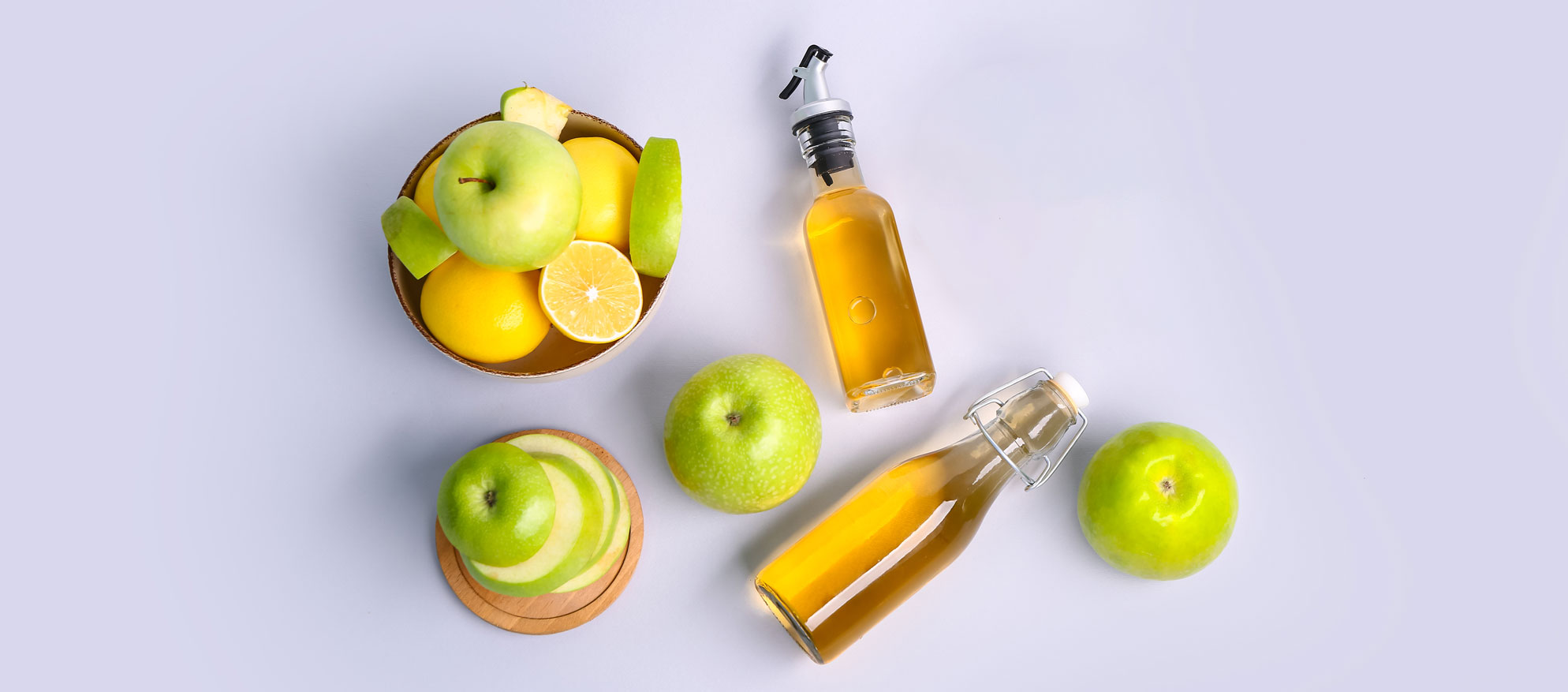Malic Acid: The Unsung Hero of Flavor in Food and Beverages
By on Aug 7th 2023

In the realm of beverage production, Citric Acid often takes center stage, recognized by manufacturers and consumers alike for its flavor-enhancing properties. However, the unsung hero of the flavor world is Malic Acid , a secret food additive ingredient that lends a unique tartness and subtle sweetness to our favorite drinks.
Unleashing The Tart Tang
When people reach for a juice, soda, or energy drink, they're seeking a flavor experience that's far from mundane. Malic Acid is the key ingredient that delivers these vibrant tastes. Found naturally in fruits like green apples, pears, and grapes, it's responsible for their characteristic tartness. But its role extends beyond just adding a sour note.
Malic Acid is a master at maintaining pH balance in beverages, a critical aspect of drink production. Without a balanced pH, a drink can be overwhelmed by a single flavor or texture, making it less enjoyable to consume.
While it's renowned as a top-tier ingredient in beverages, Malic Acid also shines in the world of snack foods. The tangy sourness that makes many jelly candies irresistible is the work of Malic Acid. And for those with a preference for savory over sweet, it's Malic Acid that enhances the flavor of Salt and Vinegar potato chips, giving them their distinctive zing.
In comparison to its frequent companion, Citric Acid, Malic Acid might seem underappreciated. But its versatility across the food and beverage industry is truly remarkable.
You can find Malic Acid giving products their signature taste in many of your favorite recognized brands and products, including Sweetarts, Ring Pops, Peach Rings, Apple Cider coffee pods, Snapple Tea, Laffy Taffy, Schweppes Grape Ginger Ale, and more. For a full list of branded foods containing Malic Acid, see the FoodData Central list from the U.S. Department of Agriculture.
Beyond the Kitchen: Malic Magic
 Moreover, it's a common ingredient in skincare products,
acting as a natural exfoliator to prevent wrinkles and improves retention of
moisture to avoid dry skin. Not only does this keep the skin hydrated, but it
also brightens the skin, helps smooth textures, and sheds away dead cells.
Malic acid is used to balance pH levels of the skin the same way it balances
the pH of your favorite drink.
Moreover, it's a common ingredient in skincare products,
acting as a natural exfoliator to prevent wrinkles and improves retention of
moisture to avoid dry skin. Not only does this keep the skin hydrated, but it
also brightens the skin, helps smooth textures, and sheds away dead cells.
Malic acid is used to balance pH levels of the skin the same way it balances
the pH of your favorite drink.
A balanced pH helps maintain the protective barrier keeping moisture in and bacteria out, aiding in the repelling of toxins and microbes while absorbing antioxidants. If your skin is too acidic, it can be oily and more susceptible to irritation. Too alkaline, you are dealing with flakiness and redness. Malic acid helps to reach that ideal level of 5.5 pH for your skin.
Shop Malic Acid at Ingredi – Buy Bulk & Save – Quantity Discounts Available
Ingredi is proud to provide high-quality, fine granular Malic Acid, a white, free-flowing material. For any inquiries about the diverse applications of Malic Acid or how it can elevate your product, please contact jciminera@ingredi.com.






